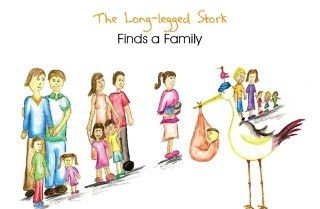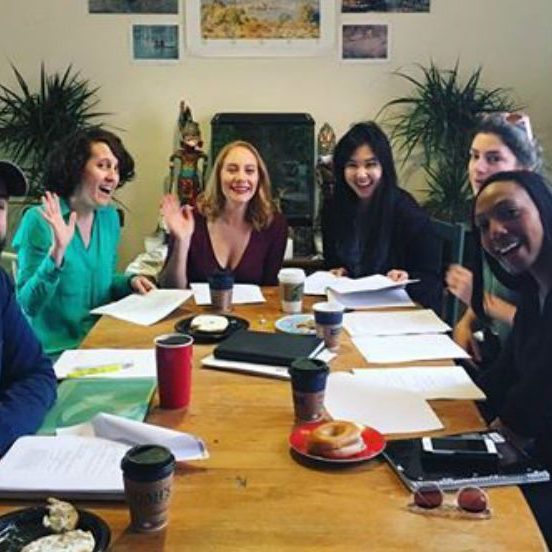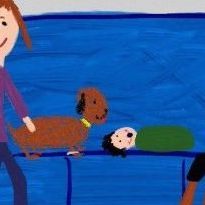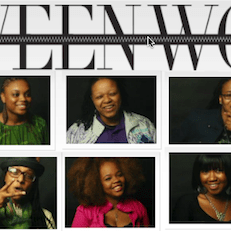 Sarah Corner, a Melbourne schoolteacher, authored Raf and the Robots after realising there was a distinct lack of children’s books portraying non-nuclear families in Australia.
Sarah Corner, a Melbourne schoolteacher, authored Raf and the Robots after realising there was a distinct lack of children’s books portraying non-nuclear families in Australia.
Australia’s first children’s book to address polyamory will soon be a reality, with an already successful crowdfunding campaign to end on Friday this week.
The book revolves around Raf, an imaginative boy who has written a story which nobody in his family— consisting of three adults and two younger siblings— has time to read. The book makes no attempt at explicitly defining familial roles, an entirely deliberate decision on the behalf of Corner.
“I feel that children’s books are a really great avenue for normalizing what people would consider ‘different’ or ‘unusual’ when it comes to families,” said Corner. “I really wanted to make the point that these families are normal families. And I felt that the best way of getting that message across was by not actually making a big deal about it.”
Corner also hopes that the lack of direct reference to polyamory will mean that many different families can be represented in the one story. “It might not represent a poly family to some people, it might be a lesbian couple with a donor father, or a family of single parents all living together,” she said. “I did want it to be ambiguous so that more people were able to make meaning out of it.”
Corner says that while support for Raf and the Robots has mostly been drawn from her base of Melbourne, they’ve had promising signs of interest elsewhere. “We’ve also had some interest from the US and we’ve had some responses from places in Sydney and the rural areas of Australia as well,” she said. “We’ve been overwhelmed with the amount of support we’ve had so far.”
Although the crowdfunding campaign has now reached its $6000 target, those who would like to see Raf and the Robots in print are still being urged to donate. According to Corner, who is planning to self-publish the book, the $6000 was the minimum needed to ensure Raf and the Robots could be printed. Any extra money could help improve the quality of the book, including graphically designed text, sturdier stitching and printing on heavier paper which would make the book more child friendly.



